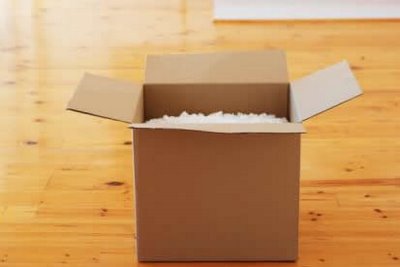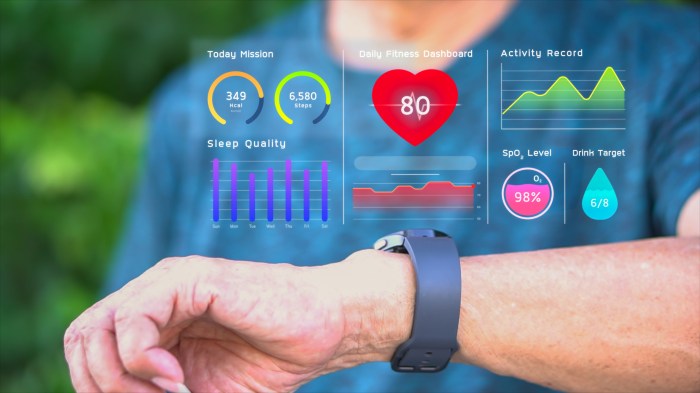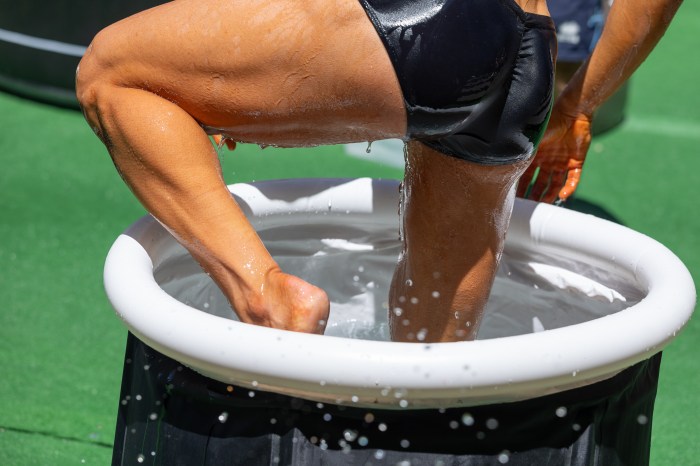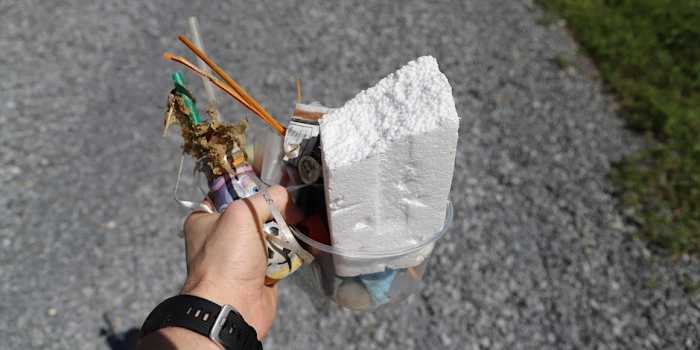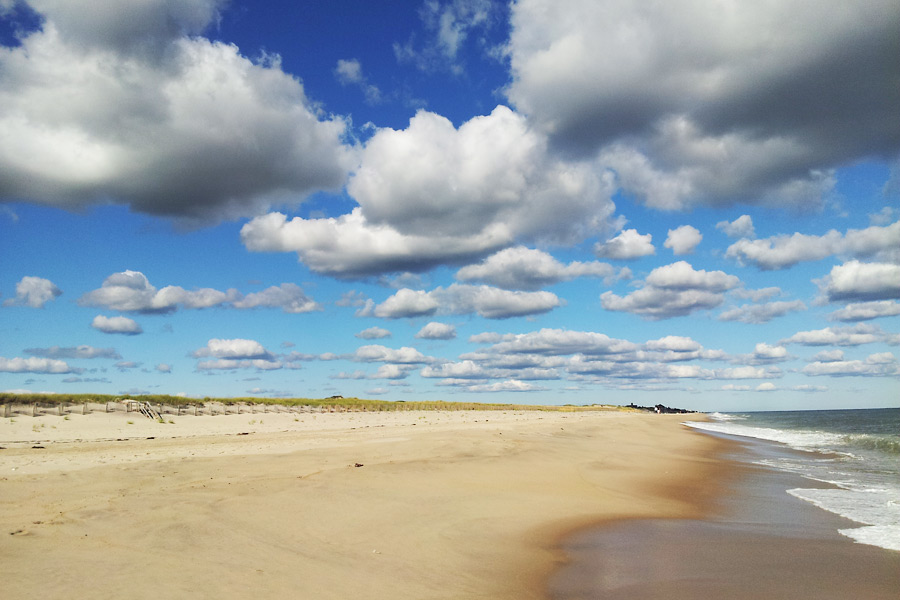 According to the U.S. Census Bureau, 12.5 percent of Americans moved last year, and most home sales – and moves – occur during the summer months. If you’re one of those moving this summer, you’ll want to make sure your new home is as energy efficient as possible for comfort, safety and to manage your energy use and costs.
According to the U.S. Census Bureau, 12.5 percent of Americans moved last year, and most home sales – and moves – occur during the summer months. If you’re one of those moving this summer, you’ll want to make sure your new home is as energy efficient as possible for comfort, safety and to manage your energy use and costs.
While the engineering inspection on your new residence gives you an indication of the overall condition of your home, a whole-house comprehensive energy assessment tells you specifically where your home is losing energy and how you can improve energy efficiency and reduce costs. Most New Yorkers qualify for free or reduced-cost assessments made possible by the Green Jobs-Green New York Act of 2009. To find a BPI-accredited Home Performance contractor in your area who can tell you more about this opportunity, go to http://www.getenergysmart.org/Resources/FindPartner.
You can also use these tips from the New York State Energy Research and Development Authority (NYSERDA) to immediately identify ways to improve your home – and your family’s – energy use.
• Start at the top: Your attic is a great place to start making changes and improving your home’s comfort and energy efficiency. Scan the attic to ensure an even level of insulation. If you can easily see the floor joists, then you need more. It’s simple to add insulation, and you’ll find a well-insulated attic will keep warm air outside in summer and inside in winter.
• Explore the bathroom: The bathroom might be a small place, but its potential to impact energy savings is big. Tightening a leaking faucet, taking shorter showers to conserve water, replacing vanity lights with ENERGY STAR® qualified CFL bulbs, being aware of your water use habits and improving airflow by clearing vents are just a few of the steps to keep energy from going down the drain.
• Conserve in the kitchen: Approximately 17 percent of your total energy bills come from the major appliances used in your home. Consider replacing an older freezer, refrigerator or dishwasher with an ENERGY STAR qualified model. These appliances use up to 50 percent less energy and water than standard models, helping you to save from the moment you plug them in.
• Check out the basement: Be mindful that your basement can be another out-of-sight area with energy inefficiencies. For example, dirty filters increase the energy usage of your furnace and restrict airflow. Monthly cleaning and replacement of furnace filters, as well as having your furnace cleaned and adjusted, can help you save on heating costs while reducing the amount of energy the unit uses. A green alternative to throwing away filters is to purchase washable, reusable ones.
• Close space around the windows: Caulking and weather-stripping around windows (and doors) is a good solution to a drafty home and can reduce your energy bills by keeping cooled or heated air inside the house. If you choose to replace windows, select an ENERGY STAR qualified model, which are designed to address gaps, reduce drafts and increase your comfort.
• Plug-in efficiency: Home electronics and lights can be energy hogs. For example, your computer may cost you $105 a year just in sleep mode. So make sure to turn electronics off when not in use. You can do this more conveniently using an advanced power strip to turn off multiple accessories all at once. And, you can save more electricity by switching out standard incandescent light bulbs to ENERGY STAR qualified CFLs, which use 75 percent less electricity.
For more energy-saving tips from NYSERDA, visit www.getenergysmart.org/ Resources/Tips.aspx.




